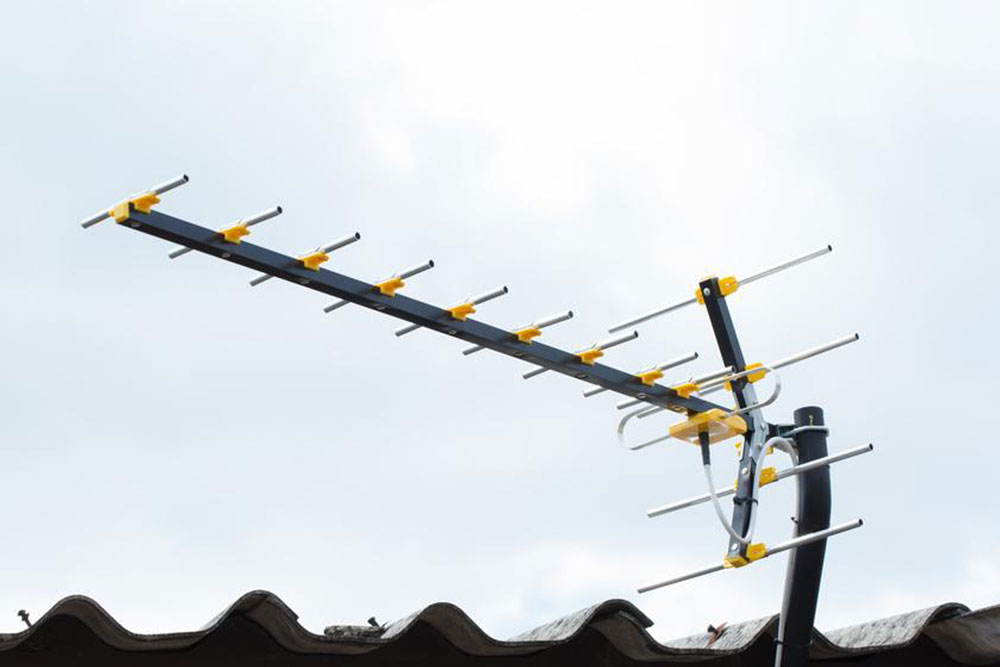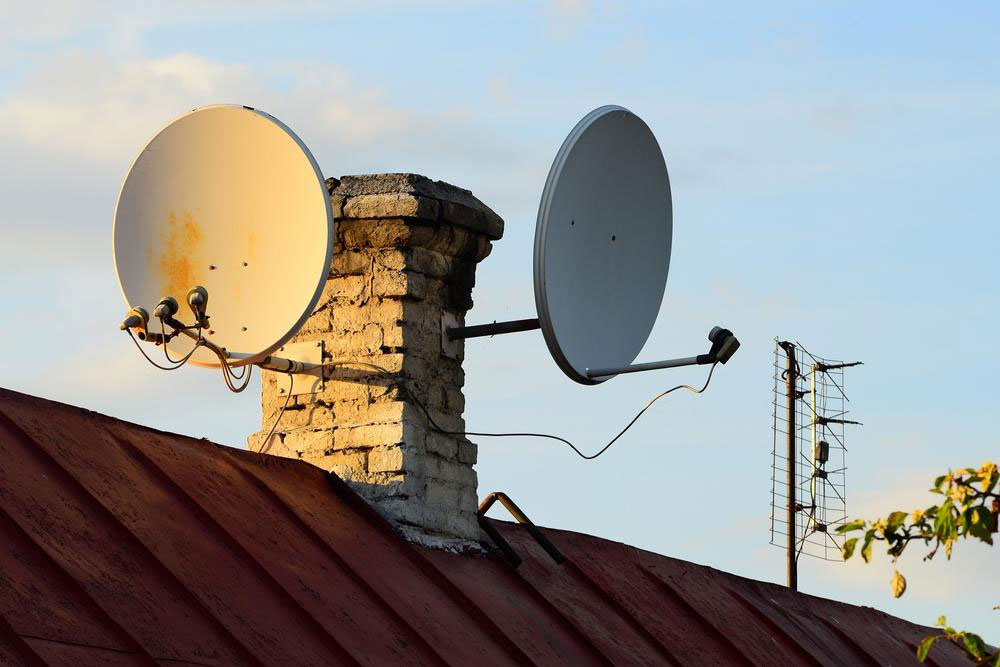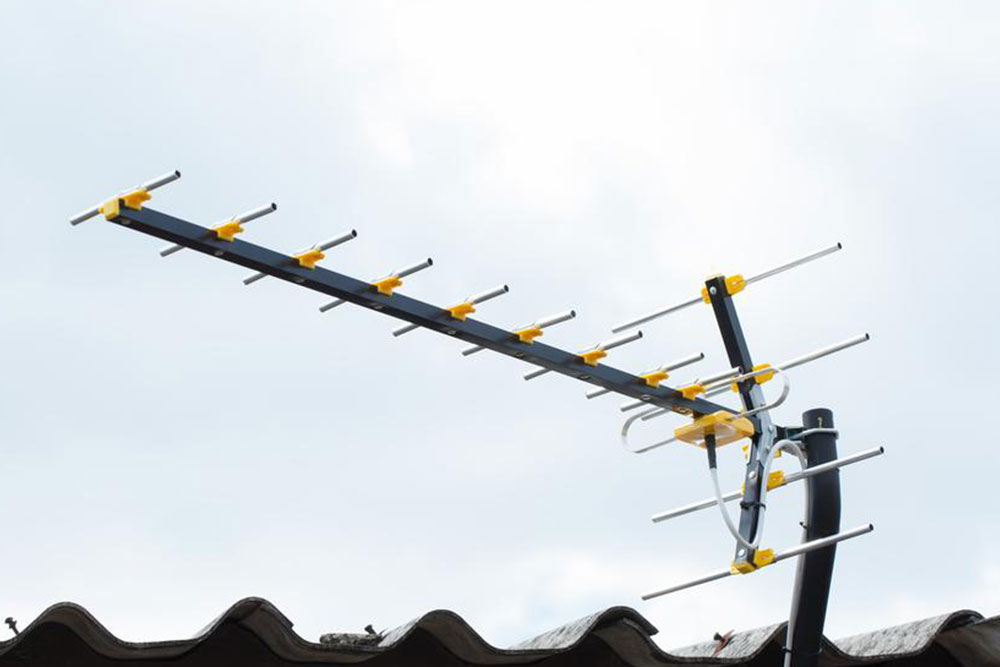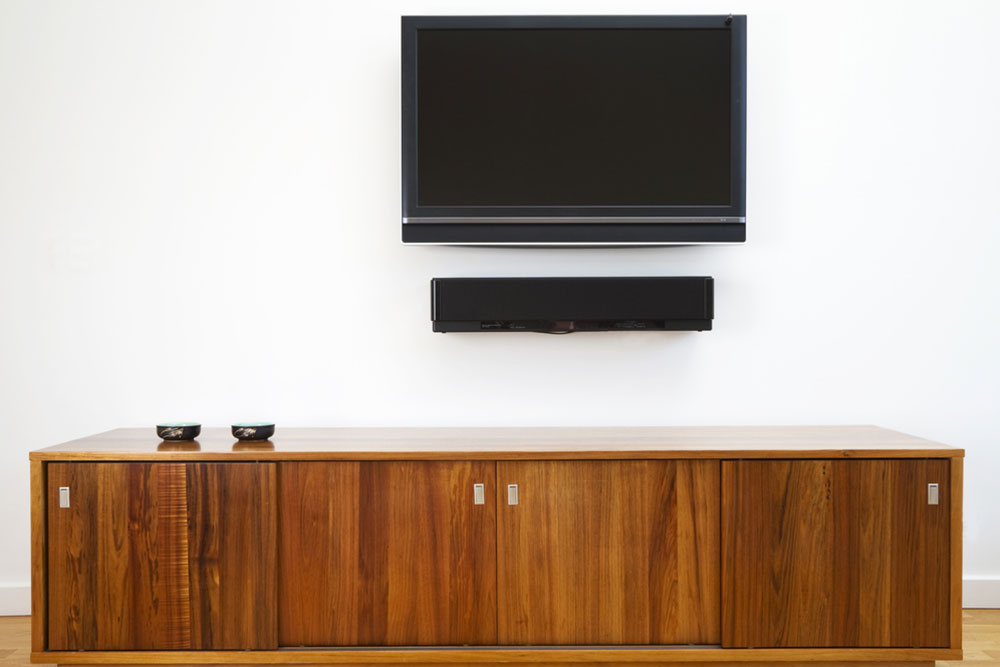Essential Guide to Digital TV Antennas: What You Need to Know
Learn everything about digital TV antennas, including types, installation tips, and how to optimize reception. This guide helps you choose the right antenna for your region, understand signal benefits, and improve your over-the-air TV experience without subscription costs. Perfect for cord-cutters looking to access free local channels with high-quality signals.

Essential Guide to Digital TV Antennas: What You Need to Know
Television antennas are designed to capture over-the-air broadcast signals. They come in two main types: indoor and outdoor. Indoor antennas are placed inside near your TV, while outdoor antennas are installed outside windows or on rooftops. Popular indoor options include dipole, loop, whip, and flat antennas. Despite the popularity of cable TV, digital antennas are gaining traction due to their ability to access free local channels and higher quality signals.
If you're considering purchasing a digital TV antenna, here are key points to keep in mind.
Digital broadcast signals often offer better quality compared to cable or satellite.
Using a digital antenna allows access to additional local channels beyond cable offerings.
Major networks transmit free digital signals over the air, reducing subscription costs.
Common types include HD and HDTV antennas.
Digital antennas enable viewing both main channels and subchannels.
Unlike cable, which relies on a provider, antennas provide independent access to TV signals without a subscription.
When choosing an antenna, understand the layout of broadcast towers near your location, as this affects setup and performance.
Obstructions like hills, buildings, and trees can weaken or disrupt signal reception.
To optimize over-the-air TV reception, ensure you have the following:
A TV with a digital tuner.
An appropriate antenna suited for your region.
Knowledge of broadcast tower locations in your area.
Digital antennas come in various shapes and sizes, each designed for specific regions to maximize signal strength.
Installation Tips:
Outdoor installation is generally preferred for better signal quality. If installed indoors, signal strength may decrease by up to 50%. Minimize junctions and connections; use a low-noise amplifier if necessary to boost signals. Position the antenna in areas with high signal strength to prevent interruptions.
For purchasing antennas and accessories like mounts, stands, or remote controls, visit online retailers. Compare products based on location suitability, brand, condition, price, and reviews. Always review features and deals before making a purchase.









